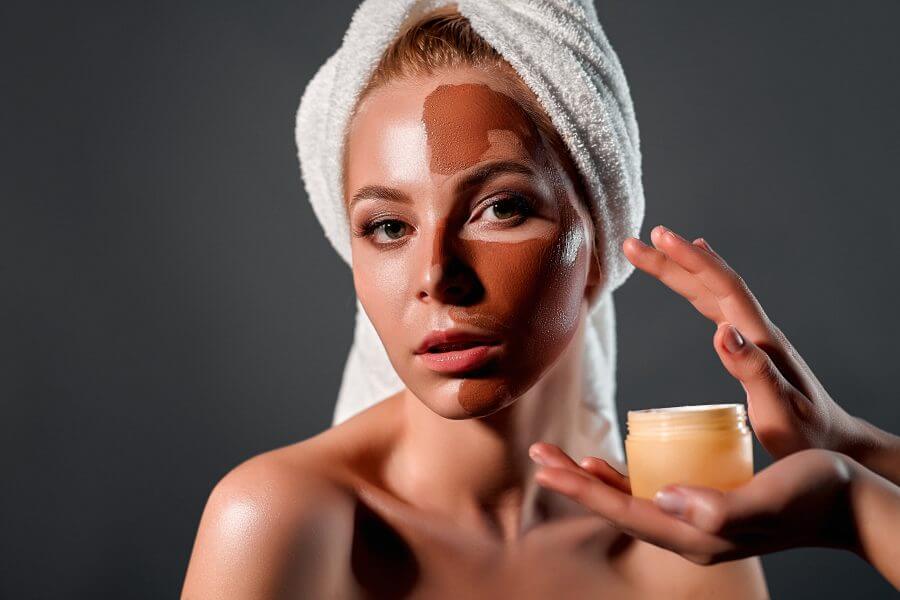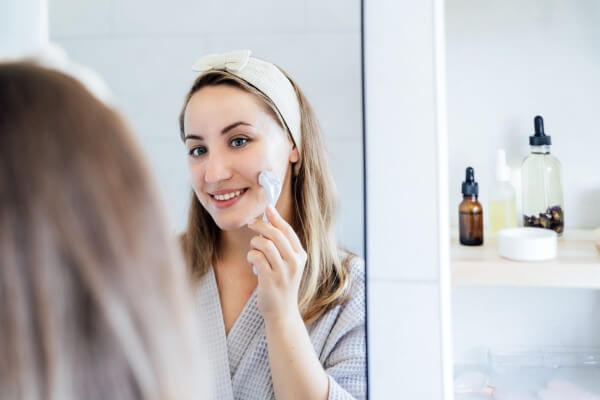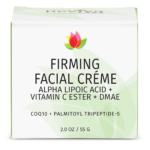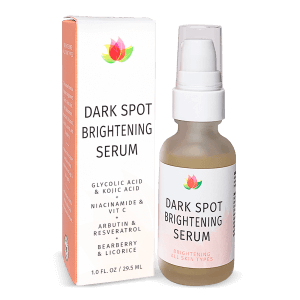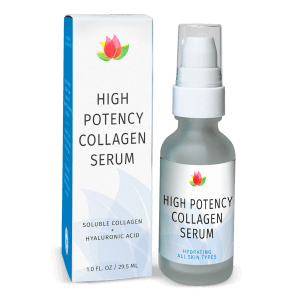Reviva Labs, Skin Care
How to Combine Actives in Skincare
Understanding how to combine actives in your skincare routine can be transformative for your skin health. Actives, such as retinol, vitamin C, and alpha hydroxy acids (AHAs), are powerful ingredients that target specific skin concerns. However, using them correctly is essential to avoid irritation and maximize benefits. Let’s explore how to safely and effectively integrate these potent ingredients into your daily regimen.
The Importance of Patch Testing
Before diving into combining actives, always start with patch testing. Applying a small amount of a new product on a discreet area of your skin, such as behind your ear or on your inner forearm, can help you identify any potential adverse reactions. This step is crucial, especially when dealing with potent actives, as it allows you to gauge your skin’s tolerance.
Understanding the Key Actives
Each active ingredient has unique properties and benefits. Knowing how they work can help you create a balanced and effective skincare routine.
Retinol: This vitamin A derivative is renowned for its anti-aging properties. It stimulates collagen production, reduces fine lines, and improves skin texture. However, retinol can be irritating, especially for beginners, so it’s best to start with a lower concentration and gradually increase it.
Vitamin C: An antioxidant powerhouse, vitamin C brightens the skin, reduces hyperpigmentation, and protects against environmental damage. It works well in the morning under sunscreen to provide an extra layer of protection against UV rays.
AHAs and BHAs: Alpha hydroxy acids (like glycolic acid) and beta hydroxy acids (like salicylic acid) are excellent for exfoliation. AHAs are water-soluble and help to peel away the surface of the skin, while BHAs are oil-soluble and penetrate deeper to unclog pores. These acids can enhance skin texture and clarity but may cause sensitivity if overused.

Combining Actives: Best Practices
When integrating multiple actives into your skincare routine, it’s essential to do so thoughtfully to avoid irritation and optimize results.
Alternate Usage: Instead of using all actives simultaneously, alternate them. For instance, use vitamin C in the morning and retinol at night. This method minimizes the risk of irritation and allows each ingredient to work effectively without interference.
Layering Techniques: If you prefer to use multiple actives in one routine, layering is key. Start with the thinnest, water-based products and progress to thicker, oil-based ones. This ensures optimal absorption. For example, after cleansing, apply a vitamin C serum, followed by a hydrating serum, and then your moisturizer.
Hydration is Crucial: Actives can sometimes dry out the skin. Incorporate hydrating products like hyaluronic acid and soothing ingredients like niacinamide to maintain moisture balance and reduce potential irritation.
Actives That Pair Well
Certain actives complement each other and can be combined to enhance their efficacy.
Vitamin C and Vitamin E: This duo works synergistically to boost each other’s antioxidant properties. Together, they provide enhanced protection against free radicals and promote a brighter, more even complexion.
Niacinamide and Retinol: Niacinamide, also known as vitamin B3, is a versatile ingredient that calms inflammation, strengthens the skin barrier, and improves overall skin texture. Pairing it with retinol can help mitigate retinol’s potential irritation while enhancing its anti-aging benefits.
AHAs and BHAs: Using these exfoliants together can be effective if done cautiously. For example, applying an AHA toner followed by a BHA treatment can provide comprehensive exfoliation, improving skin texture and clarity.
Actives to Avoid Mixing
While some actives work well together, others can clash and cause irritation or diminish effectiveness.
Retinol and AHAs/BHAs: Both retinol and exfoliating acids are potent ingredients. Using them together can lead to excessive dryness, irritation, and sensitivity. It’s better to alternate these products, using retinol one night and acids another.
Vitamin C and AHAs/BHAs: Vitamin C is most effective in a specific pH range, which can be disrupted by the use of strong acids. This combination can also increase the risk of irritation. To avoid this, use vitamin C in the morning and exfoliating acids at night.
Benzoyl Peroxide and Retinol: Benzoyl peroxide, commonly used for acne, can oxidize retinol, rendering it less effective. If you need to use both, apply benzoyl peroxide in the morning and retinol at night.

Personalizing Your Routine
Creating a personalized skincare routine involves understanding your skin type and concerns.
Oily and Acne-Prone Skin: If you have oily or acne-prone skin, consider incorporating salicylic acid and retinol. Salicylic acid can help keep pores clear, while retinol promotes cell turnover and reduces acne scars. Remember to include a lightweight, non-comedogenic moisturizer to keep your skin hydrated.
Dry and Sensitive Skin: For dry or sensitive skin, focus on hydrating and soothing ingredients. Start with a gentle cleanser, followed by a hyaluronic acid serum to boost hydration. Incorporate niacinamide to strengthen the skin barrier and reduce inflammation. If using retinol, opt for a lower concentration and pair it with a rich, nourishing moisturizer.
Aging Skin: For aging skin, a combination of vitamin C in the morning and retinol at night can be highly effective. Vitamin C will protect and brighten your skin during the day, while retinol will work to reduce fine lines and promote collagen production at night. Ensure you use a broad-spectrum sunscreen daily, as both ingredients can increase sun sensitivity.
The Role of Sunscreen
One of the most crucial steps in any skincare routine, especially when using actives, is applying sunscreen. Many actives, like retinol and AHAs, can make your skin more sensitive to the sun. A broad-spectrum SPF of at least 30 will protect your skin from harmful UV rays and prevent further damage.
Monitoring and Adjusting Your Routine
Your skin’s needs can change due to various factors, including weather, diet, and stress levels. Regularly assess your skin and adjust your routine as needed. If you experience irritation, scaling back on actives and focusing on hydration and barrier repair can help restore balance.
Consulting a Professional
While over-the-counter products can significantly improve your skin, consulting with a dermatologist can provide personalized advice tailored to your specific skin concerns. A professional can recommend prescription-strength treatments if needed and help you navigate the complexities of combining actives safely.
Combining actives in your skincare routine can yield impressive results when done correctly. By understanding the properties of each active, using them strategically, and paying attention to your skin’s response, you can create a regimen that enhances your skin’s health and appearance. Remember, patience and consistency are key, and with time, your skin will reflect the benefits of a well-curated routine.



